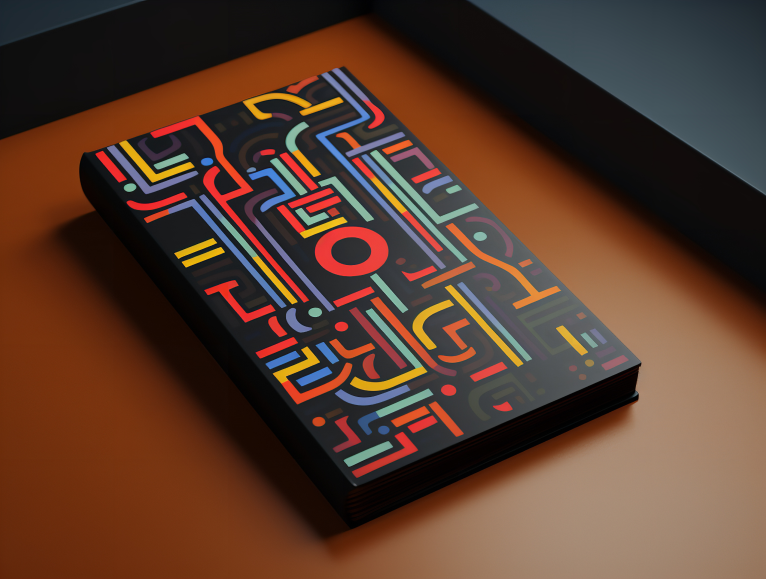Frequently Asked Questions
About Sublimation Printing
Sublimation works well on polyester textiles (for garments, 65% polyester or higher is optimal) and hard items with a particular polymer coating, such metal keychains, ceramic mugs, and phone covers. Natural fibers like cotton will look worn and faded if you don’t coat them with polyester.
Yes, very much so! Because the dye travels all the way through the cloth, sublimation prints are exceedingly hard to fade, fracture, peel, or wash out. They usually last as long as the object or piece of apparel itself.
You can see through sublimation inks. This means that any gap in your design that is not filled in will be the same color as the blank item. The blank thing has to be white for the colors to be really white. This is why sublimation is frequently done on light-colored surfaces, like white. DTF printing and other methods perform better for designs that need white ink on dark garments.
One of the best things about sublimation is that you usually don’t have to buy a set amount. It’s cheap for both single unique goods and larger batches, so it’s excellent for personalized gifts or small company runs.
Sublimation makes a print that you can’t touch. There is no layer on top of the fabric because the dye is incorporated in. This means that the printed region feels the same as the rest of the fabric: soft and breathable.

